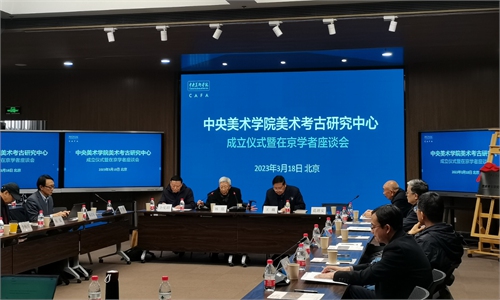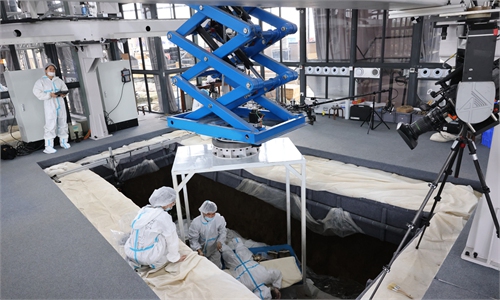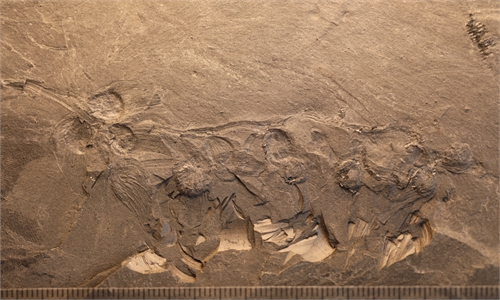ARTS / CULTURE & LEISURE
China's National Cultural Heritage Administration unveils Top 10 Archaeological Discoveries of 2022
National Cultural Heritage Administration unveils Top 10 Archaeological Discoveries of 2022
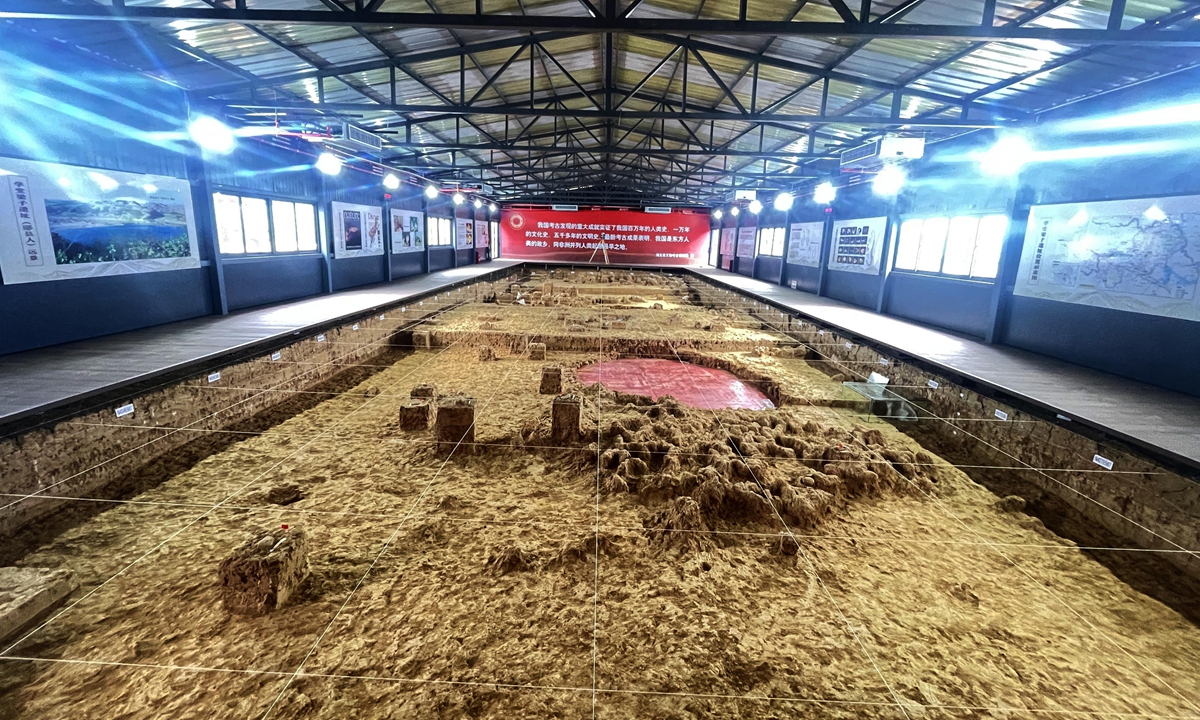
A view of the Xuetang Liangzi Site in Shiyan, Hubei Province Photo: Courtesy of the National Cultural Heritage Administration
China's National Cultural Heritage Administration (NCHA) on Tuesday revealed the country's Top 10 Archaeological Discoveries of 2022, which aims to recognize the most significant archaeological discoveries made in China in the year.Experts said that these discoveries cover a wide range of time periods, from those belonging to prehistoric eras such as the Xuetang Liangzi Site in Shiyan, Hubei Province, to sites from the Ming Dynasty (1368-1644) like the grave complex at the Dasongshan Site in the Gui'an New Area, Guizhou Province. All of these discoveries provide solid evidence of China's multi-ethnic and integrated development throughout its history.
The 10 outstanding discoveries are the highlights of 32 archaeological projects. They provide deeper insight into the cultural and social developments of their respective times and dynasties, illustrating China's history of human evolution over millions of years, cultural history of 10,000 years and recorded history spanning more than 5,000 years.
Guan Qiang, deputy head of the NCHA, said at the press conference that new guidance of "protection first, strengthen management, excavate value, effective utilization, make cultural relics come alive" will guide the development of cultural relic protection and take archaeological work into new directions.
He pointed out that besides projects such as the fifth phase of a project to trace the origins of Chinese civilization and the Archaeological China program, a total of 254 active excavations and 1,432 basic building archaeological projects have achieved fruitful and significant findings.

Full list of the Top 10 Archaeological Discoveries of 2022 and their representative unearthed relics
Wang Wei, a member of the judge panel and president of the Chinese Society of Archaeology, stated that 2022 was a remarkable year for archaeology, with an increase in active excavation projects resulting in abundant research outcomes."It was quite difficult for we judges to vote, as each entry had its own unique cultural value and significance," he said, noting that those that failed to make it into the finals did not do so due to a lack of significance. Instead, they require further excavation and research to obtain more systematic results.
Wang told the Global Times on Tuesday that China's archaeological field is thriving as more young people are showing strong interest and participation, while the use of high technology has improved efficiency and accuracy of excavations.
According to the NCHA, the top 10 projects of 2022 were chosen from 22 finalists by 21 experts from various high-profile institutions, including the Institute of Archaeology under the Chinese Academy of Social Sciences, the National Center for Archaeology and Peking University.
The annual event, first launched in 1990, serves as a platform to encourage further interest and support for the preservation and exploration of cultural relics and archaeological research in China.
In this article, the Global Times will go into details about four highlights among the top 10 discoveries so readers may gain a better understanding of China's ancient civilization.
Xuetang Liangzi Site
The Xuetang Liangzi Site is located in Mituosi village in Shiyan, Central China's Hubei Province. The site is famous for the discovery of two fossilized Homo erectus skulls - commonly known as the Yunxian Man skulls - that date back to about 1 million years ago.
On May 18, 2022, the "Yunxian Man" No.3 skull was excavated in the same area where the two previous skulls had been found decades before. The newly discovered skull was extremely well-preserved without any obvious damage. Based on its condition, it has been able to provide more abundant information than the two previously discovered skulls, making up for the shortcomings brought about by the damaged condition of the first two skulls.
The No.3 skull is the most complete ancient human skull fossil found in the Eurasian inland region so far. The fossil dates back to the early evolution of humanity nearly 2 million years ago, expanding the discussion of the evolution of ancient humans and Homo erectus in East Asia.
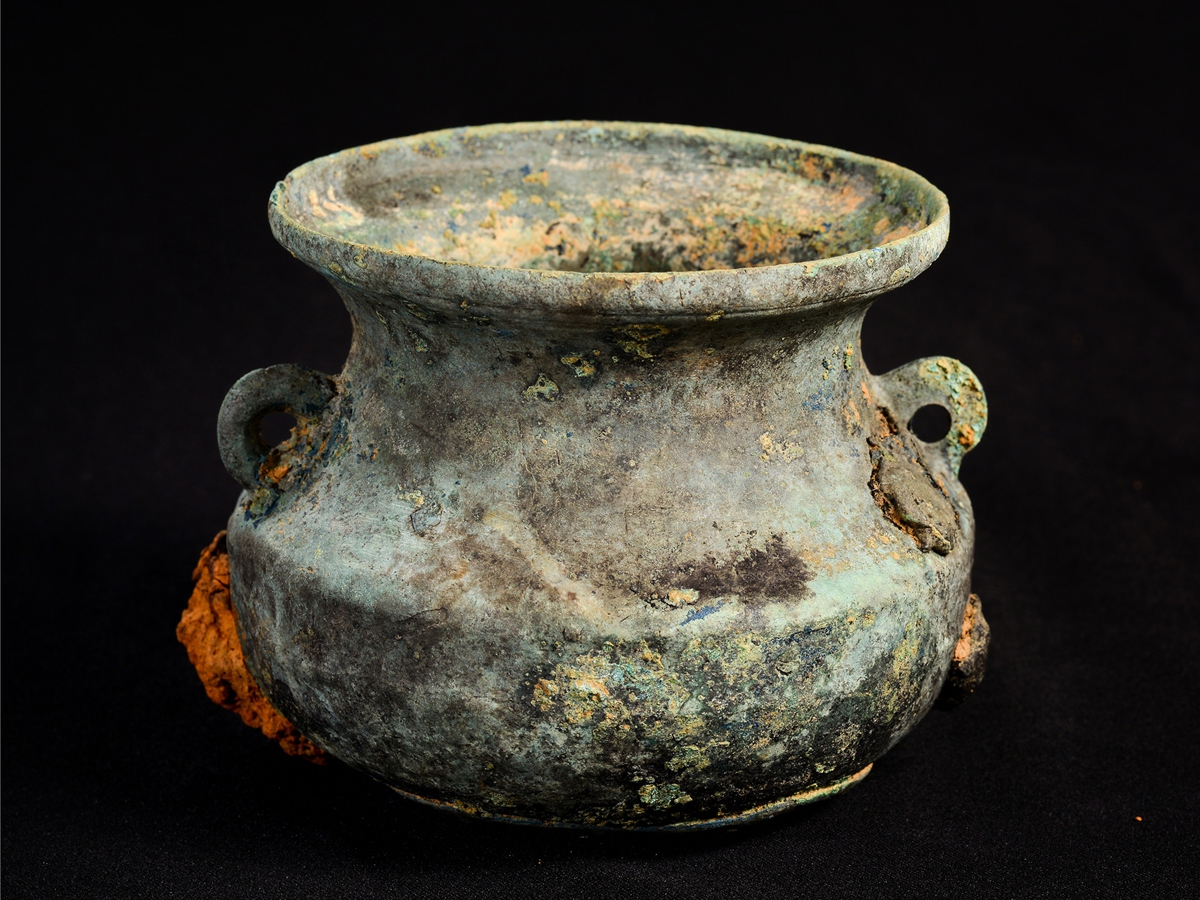
A bronze relic unearthed from the Dasongshan Grave Site in the Gui'an New District, Guizhou Province Photo: Courtesy of the National Cultural Heritage Administration
Dasongshan Grave SiteLocated in Southwest China's Guizhou Province, the 13,500-square-meter grave complex is a large cemetery dating from the Jin Dynasty (265-420) to the Ming Dynasty.
Over 4,000 relics have been discovered from a total of 2,192 graves. Gold and silver wares, textile fragments and also lacquer and glass handicrafts have been unearthed from the site.
The star relic among them is a silver accessory engraved with a "seed syllable" - a syllable in Buddhist or Hindu mantras that do not have specific meanings - in Sanskrit, the ancient written language of India. The discovery is evidence of the cultural exchanges that took place along China's southwest border.
Other featured discoveries include a Tai Huo Liu Zhu coin from an ancient Southern Dynasties (420-589) mint. This demonstrates how ancient people in the region inherited the social culture of the Central Plains while embracing commerce and exchanges from the Western regions to form a multicultural Chinese nation.
Led by the Archaeological Institute of Guizhou Province, excavation of the site has been assisted by multidiscipline studies.
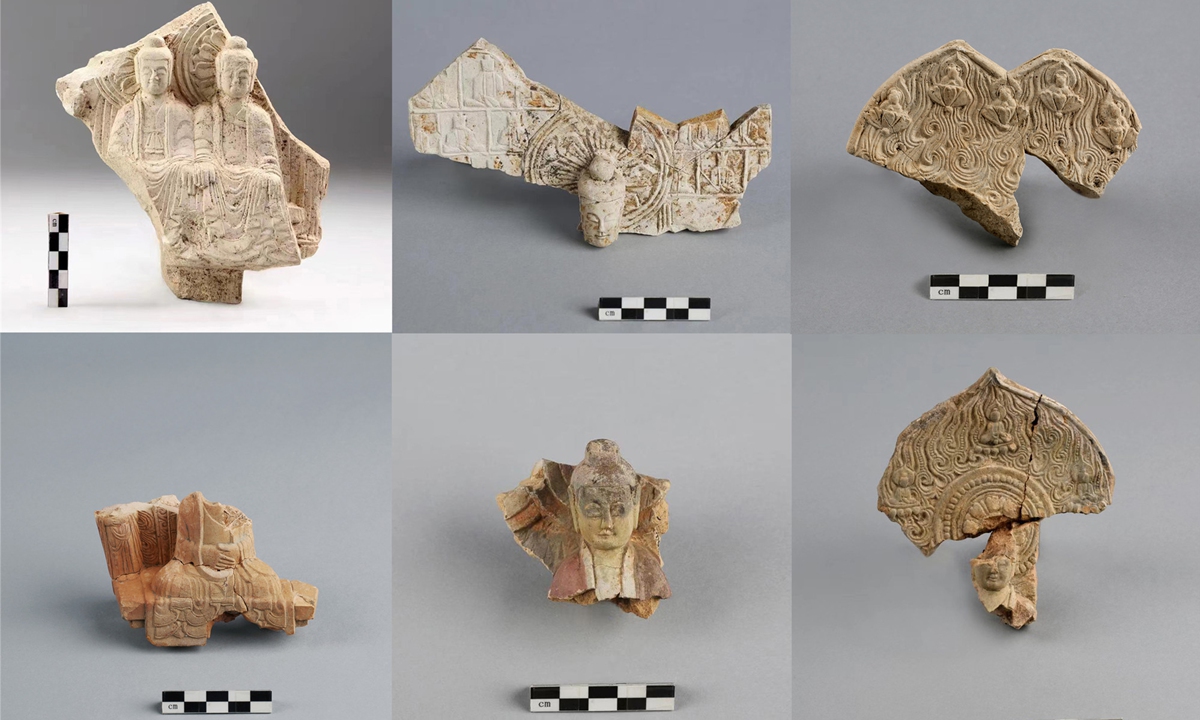
Fragments of a Buddha statue unearthed from the Gucheng Village Temple site in Hunchun, Jilin Province Photo: Courtesy of the National Cultural Heritage Administration
Gucheng Village Temple SiteThe Gucheng Village Temple Site is located in Hunchun, Northeast China's Jilin Province. The site is close to the location of the Bohai Kingdom, a non-Han ethnic state that existed during the Tang Dynasty (618-907).
Covering a total of 6,000 square meters, the Gucheng Village Temple Site has produced 16,306 cultural relics so far. At the site's No.1 Temple, precious fragments of stone Buddhist statues from the Northern Dynasties (386-581) have been unearthed. These fragments carry the aesthetics of the Central Plains' Buddhist art.
The No.1 Temple at the site is the first Goguryeo (an ancient Korean kingdom) Buddhist temple discovered in China, and also the earliest Buddhist temple discovered in Northeast China.
A large number of statues with elements from the late Northern Dynasties are important materials for researching the spread of Buddhism from the Central Plains to the northeast border areas.
The Gucheng Village Temple Site is special in that it contains relics from both the Goguryeo and Bohai periods. It has important value in demonstrating the formation of China as a unified multi-ethnic country and reflects how Buddhism bonded China's different cultures together.
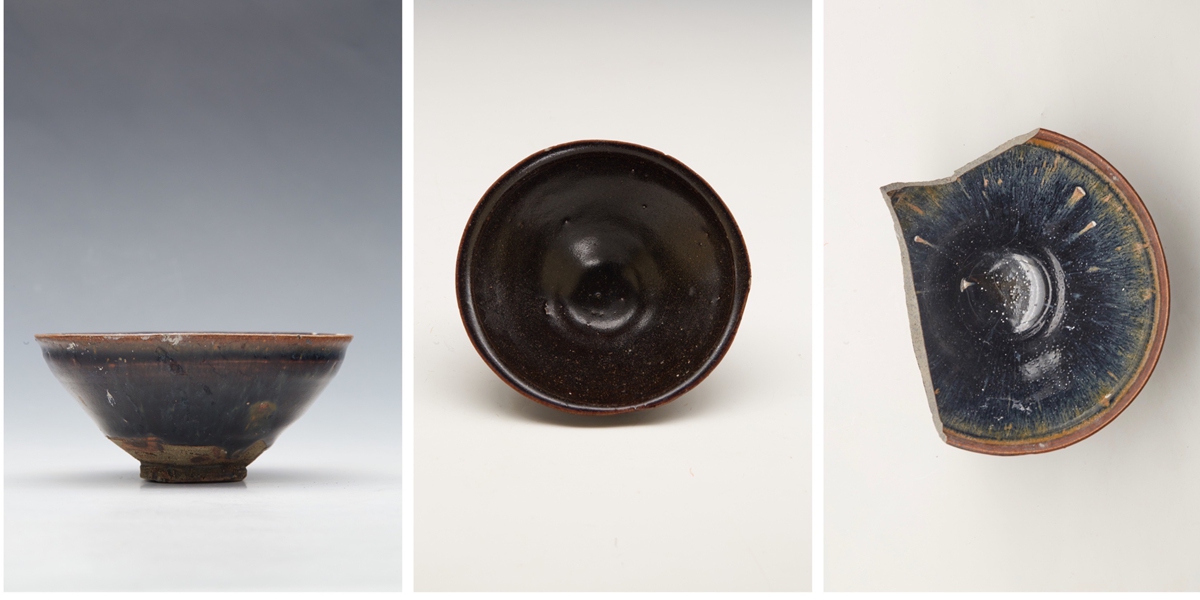
Fragments of pottery unearthed from the Wenzhou Shuomen Ancient Port Site in Wenzhou, Zhejiang Province Photo: Courtesy of the National Cultural Heritage Administration
Wenzhou Shuomen Ancient Port SiteThe Wenzhou Shuomen Ancient Port Site is located in the eastern section of Wangjiang East Road outside of the ancient Shuomen city gate in Wenzhou, East China's Zhejiang Province.
The discovery of the site has provided more information about the export of Longquan Porcelain - the dominating export porcelain from the Southern Song Dynasty (1127-1279) to the mid-Ming Dynasty - from Wenzhou, a major port along the ancient Maritime Silk Road.
As ports were the main connecting points for the Maritime Silk Road, the discovery of the Wenzhou Shuomen Ancient Port Site has outstanding value for research into the history of global navigation and is an important supporting pillar for the application of the Maritime Silk Road as a UNESCO Intangible Cultural Heritage.

